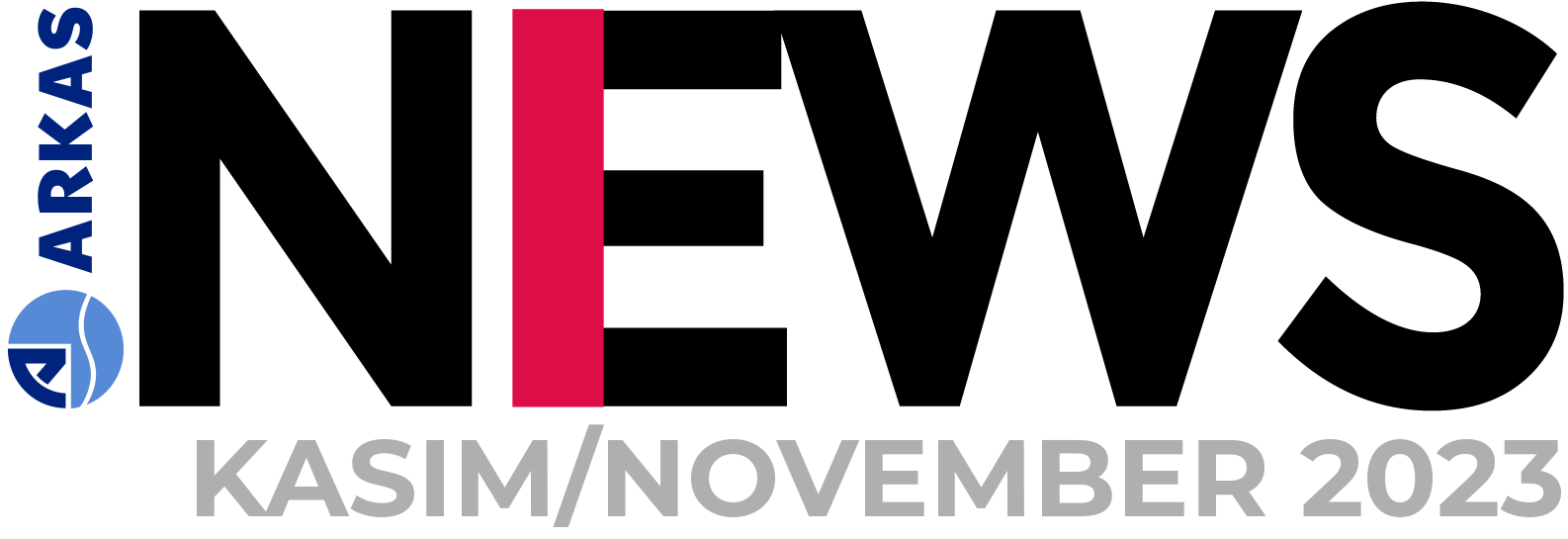
Until my mid-30s, I could easily have described myself as a “night owl.” I wouldn’t sleep until the first light of morning, claiming that my mind was much sharper during those hours. Then, one day, I began hosting a TV program during those early hours.
Since I could remember, I had to get out of bed at that time. It took a few weeks to adjust to this new routine. Then, I realized how much I enjoyed going to bed early and waking up early, how it improved my quality of life and productivity.
Thus, in the middle of my life, I discovered a side of myself that I had never known or experienced before, even though I had always considered myself a night person. Now, starting the day early has become a routine for me, even though I no longer have an obligation to get up at those hours.
I shared this with you because I saw that I was not the person I thought I was in the middle of my life.
Research has also shown that when people believe in a certain aspect of their identity, they tend to behave accordingly.
James Clear, an expert in habits, goals, and performance improvement, wrote a book called Atomic Habits. The subtitle of the book is “Tiny Changes, Remarkable Results.” Drawing on scientific research, Clear provides practical advice on how to turn good habits into part of our identity and how to give up bad habits.
The Path to Changing Your Identity
James Clear, emphasizing the phrase “The more you repeat a behavior, the more you reinforce the identity associated with that behavior,” says, “With the same habits, you can only achieve the same results, but with better habits, everything is possible.” He explains how behavioral change can be accomplished and puts in front of us both examples and statistics about which behavior changes can transform our lives.
One of the guiding sentences in the book is as follows: “Real behavioral change is a change in identity. You can start a habit due to motivation, but the only reason to stick to it is for it to become part of your identity. Anyone can convince themselves to go to the gym or eat healthily, but unless you change the belief behind the behavior, sticking to long-term changes won’t be easy. Improvements are temporary until they become part of yourself. The goal is not to run a marathon but to become a runner.”
Trust in Algorithms
My second book is Algorithms to Live By: The Computer Science of Human Decisions written by Computer Scientist and Philosopher Brian Christian and Cognitive Scientist and Psychologist Tom Griffiths. This review book was published in 2016 and made a significant impact, but I hadn’t read it. If you, like me, have overlooked this book among other options, I recommend that you pay attention to my suggestion.
The book examines how computer science can be applied to decision-making processes and how people can benefit from algorithms to make better decisions in their daily lives. It offers valuable strategies under topics like “Exploration and Selection” before making significant decisions, strategies for time management and task prioritization, “Sorting and Scaling,” and “Escaping and Exploring” to solve problems in your life, and “Working and Cooperation” for effective communication with the people you work with.
On the other hand, approaches to various life chaos from choosing the best parking spot to selecting the right home are fun, even for someone like me who isn’t great with numbers.
Combining computation models and human psychology, Algorithms to Live By is written in an understandable and applicable language, even for those who, like me, don’t have a good relationship with numbers.
Usually, I recommend three books to you, but this month I chose two. Honestly, both of them have an average of 350 pages, so I didn’t read any other books. However, don’t be afraid of the page count because both of them are the type of books that you will wish would never end.


